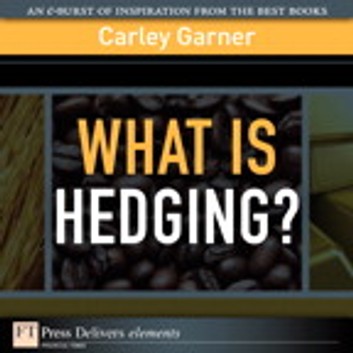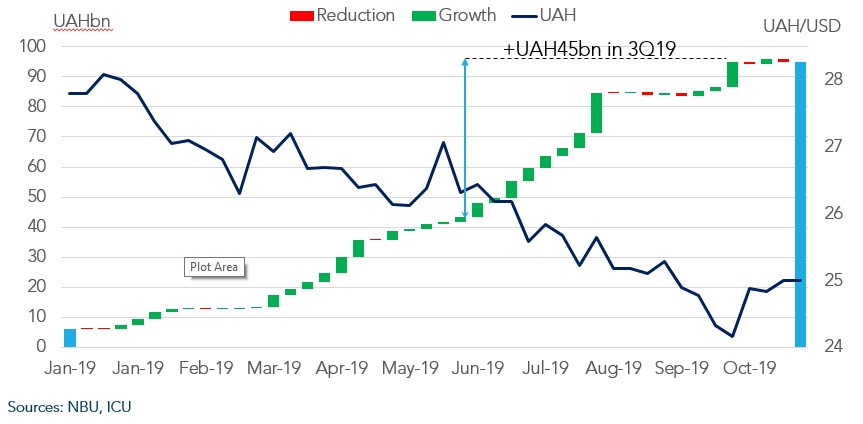Contents
In economics, the Edgeworth paradox describes a situation in which two players cannot reach a state of equilibrium with pure strategies, i.e. each charging a stable price. Suppose two companies, A and B, sell an identical commodity product, and that customers choose the product solely on the basis of price. Each company faces capacity constraints, in that on its own it cannot satisfy demand at its zero-profit price, but together they can more than satisfy such demand. Leontief’s paradox in economics is that a country with a higher capital-per worker has a lower capital/labour ratio in exports than in imports.

Briefly explain the effect of an increase in demand for imports in the foreign exchange market with the help of a diagram. Here the demand curve shifts towards left if the income of consumer increases. Here the demand curve shifts towards right if the income of consumer increases. There are two types of techniques of production viz., Labour intensive technology and Capital intensive technology. The society has to decide whether production be based on labour intensive or capital intensive techniques.
Types of Investment
By the late Nineteen Seventies, empirical knowledge was also current to counsel that Friedman was proper to stress the position of expectations on inflation, further increasing the acceptance of his concepts by mainstream economists. Starting in 1936 with the publication of his General Theory, the Keynesian revolution in financial thinking had by the tip of the 1940s elevated John Maynard Keynes’s ideas to an ascendant place in mainstream economics. This theory was heavily criticized by non-Keynesian economists on the ground that an increase in savings allows banks to lend more. This will make interest rates go down and lead to an increase in lending and, therefore, spending.
The ratio of change in national income (\(\Delta Y\)) due to change in investment (\(\Delta I\)) is known as multiplier . Thus, if all individuals in the economy decide to save more, the income received by each individual will be less and overall income will fall and also lower will be the total savings. All currencies were defined in terms of gold; indeed some were actually made of gold. Each participant country committed to guarantee the freely convertibility of its currency into gold at a fixed price. That means a domestic currency which was freely convertible at a fixed price into another asset acceptable in international payments. This also made it possible for each currency to be convertible into all others at a fixed price.
The Bush and Obama administrations rescued banks, different monetary establishments, and auto corporations with billions of dollars in loans. Congress handed a $787 billion government-spending program to stimulate the economy. If we know what their marginal propensity to eat is, then we can calculate how much an increase in manufacturing will have an effect on spending.
What is paradox of thrift with diagram?
In France, François Mitterrand got here to energy in 1981 with a dedication to expansionary Keynesian policy, to help reduce unemployment attributable to the worldwide recession underway at the time. Similar to what had occurred after Léon Blum’s election again in 1936, most of the rich moved their money out of France, and by 1983 Mitterrand had been compelled to largely abandon Keynesian coverage. Explain how the economy achieves equilibrium level of income using Savings-Investment (S-I) approach.

As people become more thrifty, they end up saving less or same as before in aggregate, known as paradox of thrift. In other words, if all the people of the economy increase the proportion of income they save, total value of savings in the economy will not increase it will either decrease or remain unchanged. Money supply is reduced by increase in savings which creates the situation of deficient demand in economy; consequently it reduces the functioning of investment multiplier. In an economy the autonomous investment is 60 and the marginal propensity to consume is 0.8. If the equilibrium level of income is 400, then the autonomous consumption is 30.
What is ‘Paradox of Thrift’
The argument begins from the observation that in equilibrium, total income must equal total output. Prominent members included Karl Popper, Austrian School founder Ludwig von Mises along with the then young Milton Friedman. Initially the society had little impact on the broader world – Hayek was to say it was as if Keynes had been raised to sainthood after his demise with economists refusing to allow his work to be questioned.
_______ is a mixture of a flexible and fixed exchange rate system. In this model, 1 is autonomous which means, it is the same no matter whatever is the give the meaning of paradox of thrift level of income. Induced consumption rises by MPC i.e. c or marginal propensity to consume. Write the meaning of excess demand and deficient demand.
Journalists Larry Elliott and Dan Atkinson say that it’s exhausting for us today to think about how dimly they had been seen. This decreased demand causes a contraction of output, giving employers and staff decrease income. If a population decides to save more money in any respect earnings ranges, then total revenues for firms will decline. But once more dedication to development economics largely pale away and by the mid Nineteen Eighties the free market agenda was broadly accepted. Exceptions were international locations massive sufficient to retain independence and continue to employ mixed financial system policies, such as India and China.
- If the equilibrium level of output is more than the full employment level, then it is called as excess demand.
- Keynes’ chief opponent was Friedrich A. Hayek, an Austrian free-market economist and harsh critic of socialism.
- With the increase in savings, not only the equilibrium income falls, but also savings decline.
- Mention two fiscal variables which influence aggregate demand.
The proportional income tax, acts as an automatic stabilizer because, it makes disposable income and consumer spending less sensitive to fluctuations in GDP. When GDP rises, disposable income also rises but by less than the rise in GDP because a part of it is siphoned off as taxes. This helps to limit the upward fluctuation in consumption spending. These are the deposits in which money deposited is fixed for a period of time and cannot be withdrawn before stipulated time. Interest rate depends on the duration of money deposited.
Short Run Equilibrium Output:
Here, the central banks intervene to buy and sell foreign currencies in an attempt to moderate exchange rate movements whenever they feel that such actions are appropriate. A market economy also known as capitalistic economy is that economy in which the economic decisions are undertaken on the basis of market mechanism by the private entrepreneurs. Here, aggregate supply or the GDP is assumed to smoothly move up or down since they are unused resources of all types available. Whatever is the level of GDP, that much will be supplied and price level has no role to play. To find the new equilibrium in the final goods market we must look for the point where the new aggregate demand line, AD2, intersects the 45o line. That occurs at point E2, which is, therefore, the new equilibrium point.
BFI is a weighted average based on 11 international ship routes and three commodities – coal, iron ore and grain calculated by the Baltic Exchange, based in London, a key market for the global shipping business. Bitcoin is a virtual currency that allows consumers to make electronic transactions by skipping the legal banking channels. For a period, silver supplemented gold introducing ‘bi-metallism’. Also, fractional reserve banking helped to economize on gold. Paper currency was not entirely backed by gold; typically countries held one-fourth gold against its paper currency.
This extra spending will generate further manufacturing, creating a continuous cycle by way of a process generally known as the Keynesian multiplier. The bigger the proportion of the extra income that gets devoted to spending rather than saving, https://1investing.in/ the greater the effect. A provide shock is some unanticipated occasion that causes a change in the quantity that producers are able to produce. Supply shock may be either negative or positive and as such shift the SRAS curve left or proper.
He estimated how a lot a authorities should spend to extend “efficient demand” and achieve full employment. When uncertain consumers and traders aren’t spending in a melancholy, where should the money come from to pump up “efficient demand”? When unsure shoppers and buyers sharply cut back on their spending, efficient demand drops.
Is the difference between the level of AD required to establish full employmentequilibrium and the actual level of AD. Specifically, the Triffin dilemma is usually cited to articulate the problems with the role of the U.S. dollar as the reserve currency under the Bretton Woods system. John Maynard Keynes had anticipated this difficulty and had advocated the use of a global reserve currency called “Bancor”. Currently the IMF’s SDRs are the closest thing to the proposed Bancor but they have not been adopted widely enough to replace the dollar as the global reserve currency.
